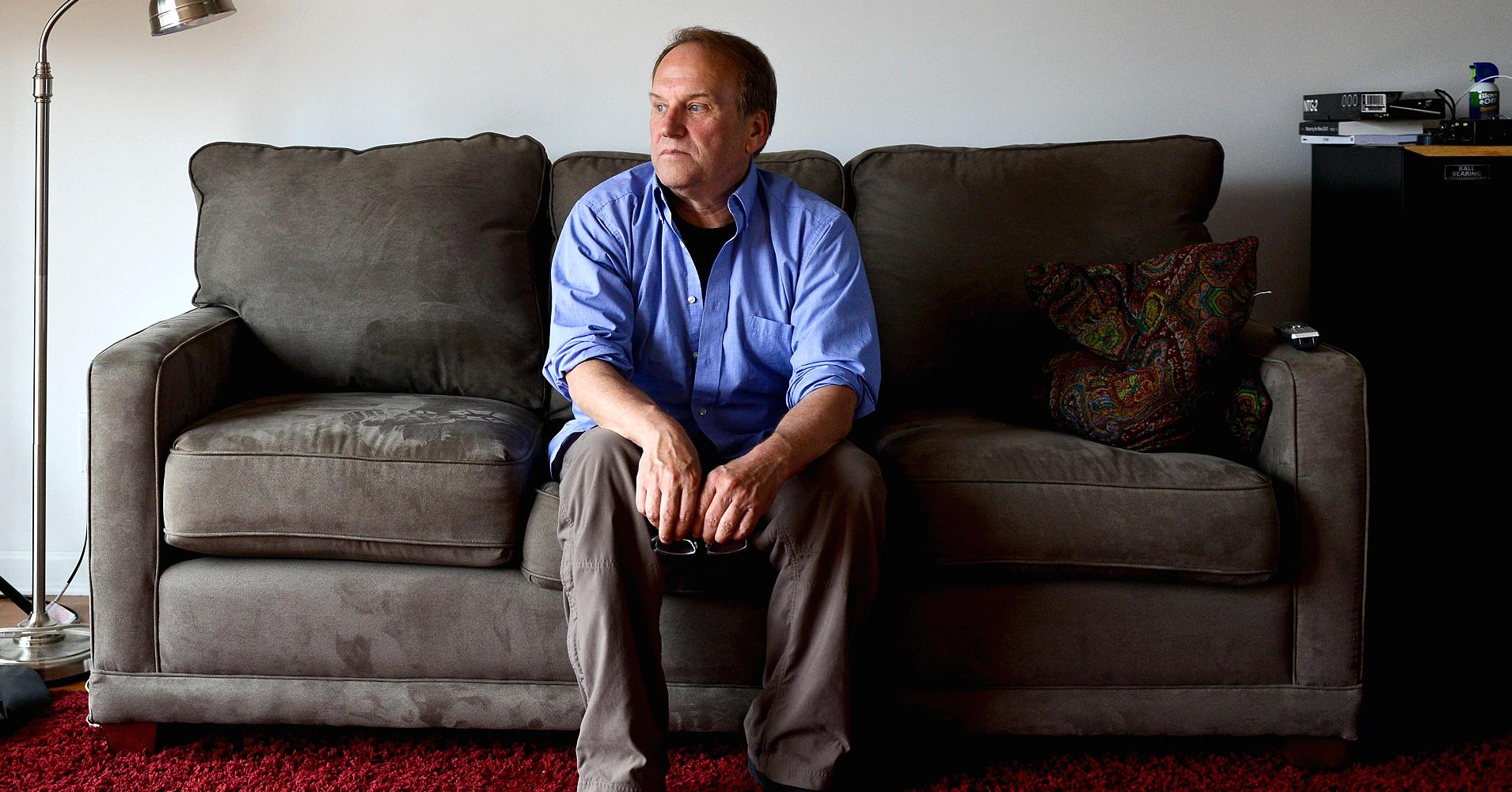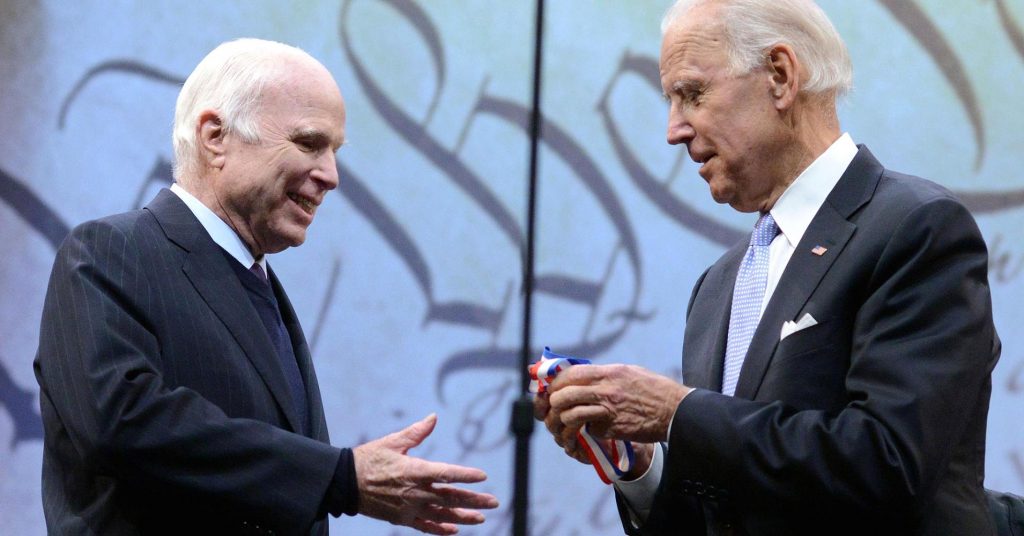
If you thought or were told you didn’t qualify for the Public Service Loan Forgiveness program because you were not enrolled in a qualifying repayment plan — typically an income-driven plan — the Department of Education might still let you off the hook.
Congress has allocated $350 million to offer forgiveness to student loan borrowers who meet all requirements for the program except that they were enrolled in graduated or extended repayment plans, which are ineligible for relief.
To qualify, you’ll still need to have a loan from the Direct program, have made all of your payments in full and on time, and have worked 10 years in a public service job with a qualifying employer.
The forgiveness plan will be given out on a “first-come, first-served” basis, until the money runs out.
The Department said it would establish the procedures within 60 days of its announcement, which would mean you could apply starting May 22, “though it is not uncommon for the administration to miss such deadlines,” said Mark Kantrowitz, a student loan expert.
Still, borrowers should check in with the department. Considering that there are potentially many newly eligible debtors, the money may not last long at all and you’ll want to be one of the first applicants the Department reviews, said Kantrowitz.
“You don’t want to be playing a game of musical chairs and be the one left out,” he said.
The public service program, established by President George W. Bush in 2007, allows student loan borrowers who pursue government or non-profit public service jobs to wipe out their remaining debt after 10 years of on-time payments.
In 2013, the Consumer Financial Protection Bureau estimated that 1 in 4 American workers could be eligible for forgiveness. But last year, the agency reported that a range of student loan industry practices “delay, defer or deny access” to that consumer protection.
Many students believe they’re paying their way toward forgiveness, only to find they hold a loan or are enrolled in a repayment plan that disqualifies them.
Since the department first began accepting requests in October 2017, some 16,000 people have applied, a spokesman told CNBC. In March, the Department expected just 1,000 people to be eligible for the forgiveness though.
Nancy Conneely, director of policy at AccessLex Institute, which provides financial education to students and schools, applauded the funding.
“This is a great first step in ensuring the program is doing what it was intended to do —incentivize people to work in public service,” she said.
But Jonathan Fansmith, director of government relations at the American Council on Education, said the $350 million is not enough to cover all the borrowers who would be eligible if they were simply enrolled in a different repayment plan.
Senate Democrats tried to secure $4 billion to mend the program.
The “first-come, first-served” stipulation, Fansmith added, was also surprising.
“You usually don’t see that in federal policy,” he said. “Loans work like an entitlement.”
More from Personal Finance:
Strong economy could be your ticket to a new job
If you’re tired of Medicare Advantage, now is the time to ditch
Retire in paradise: 5 countries where you can live the dream

